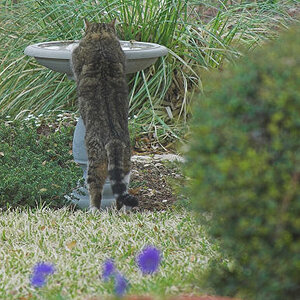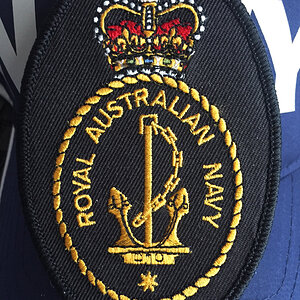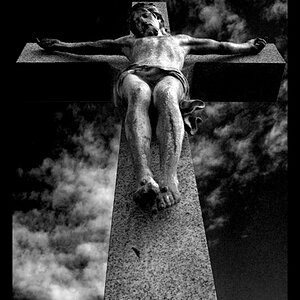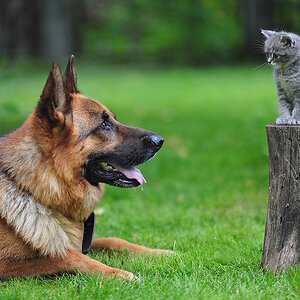Designer
Been spending a lot of time on here!
- Joined
- Apr 13, 2012
- Messages
- 18,505
- Reaction score
- 4,853
- Location
- Iowa
- Can others edit my Photos
- Photos OK to edit
You can use any flash off camera, you just have to be able to trigger whichever flash you use.I believe that it says I can use it off the camera too.
So there are some options:
A cable that goes from the camera to the flash. (the ends have to be compatible and both the camera and the flash need to connection ports.) This is usually limited by the length of the cable and the frustration of having a cable trailing along for someone to trip over.
Light-sensing flash. Some flashes have this built in, or they make a sensor add-on accessory. Nikon has taken this to the next level so the camera (if equipped) can control the flash power (in the proprietary system - CLS). Most studio flashes have a sensor built in, and some speedlights do as well. Naturally, the sensor has to "see" the flash emanating from some other flash to work.
Radio-Frequency (RF) transceivers. These have the advantage of not needing a direct line of sight nor a physical connection to the flash. You just need a transmitter on the camera and a receiver on the flash. Some of these have a longer range than others, and possibly more reliability and flexibility.




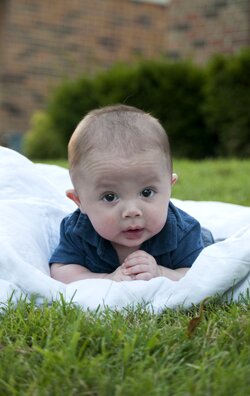
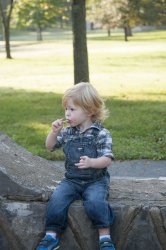
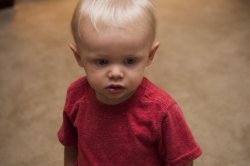



![[No title]](/data/xfmg/thumbnail/37/37530-f696180c1fd3444086283e369551ef10.jpg?1619738131)
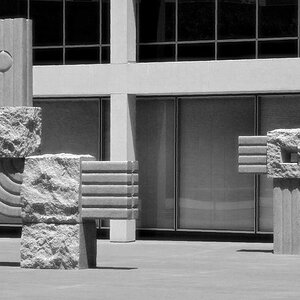
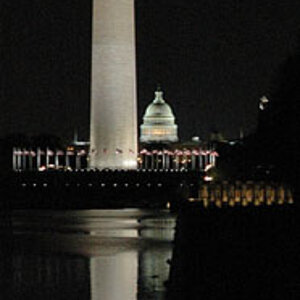
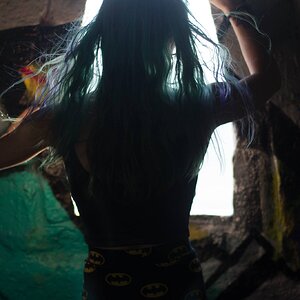

![[No title]](/data/xfmg/thumbnail/39/39420-c7c6e6f01cdeeceeb81ee717b24dd629.jpg?1619739024)
